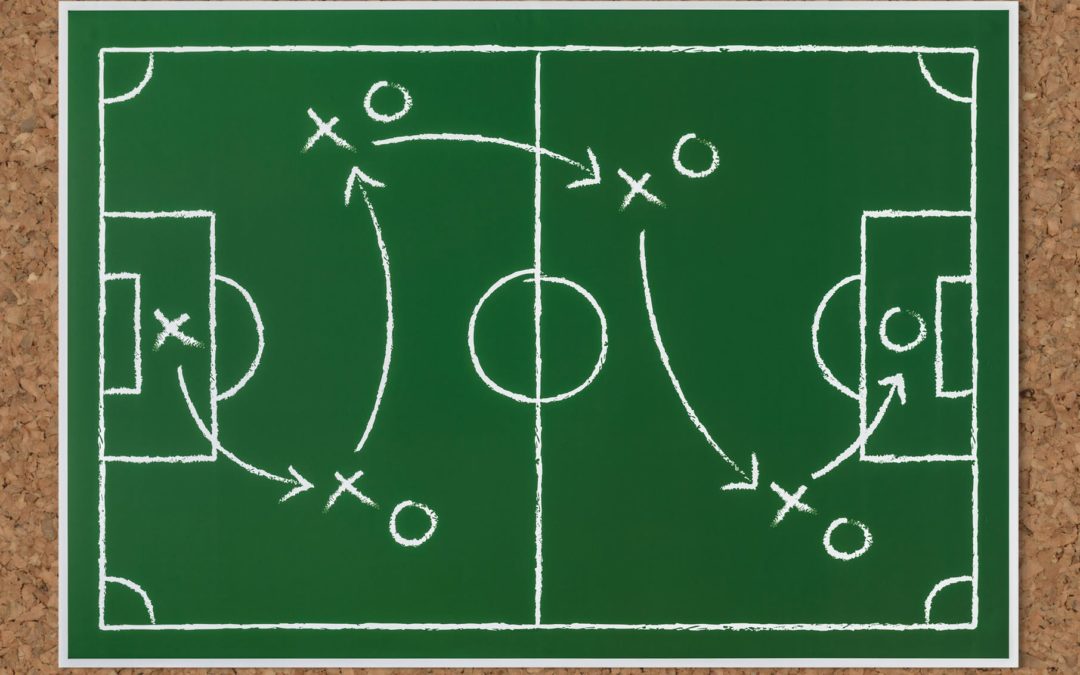Have you ever had a bad coach? Think back to middle school or high school. That coach that constantly barked orders, never listened, and rarely if ever, showed you the proper way to do things left a bad image in your mind. Was that relationship beneficial for you? Most likely not.
As a Safety Professional one of your primary functions is coaching employees on safety practices and procedures. Let’s discuss what coaching is, the benefits of coaching, the proper way to coach, and how to avoid becoming your old high school football coach that you have etched in your mind every time you hear the word coach.
What is Coaching?
Coaching is the act of observing and engaging individuals regarding their actions and behaviors, in order to achieve a desired behavior. Remember, a good coach does not simply throw his starters into the game and wish them luck. It is YOUR job as a coach and safety professional to guide, teach, motivate, listen and directly express the overall end goal.
Why Coach?
Coaching is a type of positive reinforcement (giving praise to someone for taking a desired action). Positive reinforcement is statistically proven to produce a more engaged, and positive workforce. Changing behavior is one of the most challenging tasks a safety professional has. Coaching allows you to engage your workforce in a positive manner, and produces an open communication between field employees and management.
Benefits of Coaching Safety
- Empowers individuals and encourages them to take responsibility.
- Increases field team and management engagement.
- Improves individual performance.
- Helps identify both company and individual strengths and development opportunities.
- Helps to motivate individuals.
How to Coach and Engage Your Field
Coaching itself is actually very simple but it’s not always easy to do. Personalities, time pressure, and relationships can all come in the way of coaching. Keep reading for the steps of how to coach.
Steps of Coaching
Let’s outline a good way to coach an employee:
- Observe the action being performed.
- When you see the opportunity for improvement, professionally engage the team member.
- If the action or condition is unsafe, Stop the activity using Stop Work Authority if needed.
- See our Stop Work Authority Blog for some help. https://b42l.com/stop-work-authority/
- Explain what you observed in a positive, respectful, manner. Be objective and explain the facts. Avoid using accusatory phrases such as “ Why were you, (insert action)?!”
- Try to utilize phrases such as, “Hello John, you have been doing a great job with your day to day tasks. I observed you performing (insert undesired action). Can you explain why you were doing it this way?” I was looking for some clarification on the proper way how to perform the task and could use some help”.
- Listen to the individual’s feedback. Often times, hazards are simply overlooked or not identified, resulting in unforeseen unsafe acts.
- After listening, thank them for their input. Next, provide the desired behavior using coaching. Explain the benefits of using the safe alternative. As example: “Sure it may take 5 extra minutes to perform that safety check, however that safety check could be the one thing that prevents an incident from occurring.”
- Get confirmation from the employee that you have both agreed that the next time the task will be performed, it will be the safe way.
- Observe the next time the individual performs the task if possible. Be sure the individual understands you are coaching and not throwing around orders.
- Coaching requires willing participation by both parties; be sure the individual you are coaching is properly engaged and understands your intentions. Get to know your people, find commonalities, and utilize different approaches for each individual.
Overcoming Objections
Coaching rarely goes over as smoothly as we just illustrated. As a safety professional, you want to avoid the stigma of “It’s my way or the highway!” Here is a great way to think about this problem:
2+2=4
1+3= 4
Just because an employee is not doing it “your way”, does not mean it is necessarily wrong. (Unless there are specific Standard Operating Procedures (SOP) or a Policy/Regulation stating otherwise). Often times the best solutions come from the field. Listen to their feedback. The employee may actually teach you something and provide a safer solution than the current set of procedures.
Avoid Saying These Phrases
Delivery is important when providing coaching so avoid these phrases when you are coaching.
“It’s not me telling you this, its just our policy”.
You lose all credibility as a safety professional when you say this. Rather than rolling over to a bad policy, bring up the concern to management if there is a policy/procedure that is not successful and find a solution together.
“It’s o.k. just be careful”
Again, your credibility as a safety professional is shot. You may have saved some face and the field may like you for not enforcing the rules, but when someone gets hurt or something goes wrong, the blame is now pointed to you for making the call to not enforce the rules.
“What are you stupid?”
Pointing blame at someone for acting unsafe is not beneficial to anyone. Often the employee was simply unaware that what they were doing was unsafe. There is an old saying, “You don’t know, what you don’t know”. If the employee is experienced and in fact is aware the action is unsafe, simply explain the consequences of what could happen. Let them know you care about them enough to not let them put them self at risk. Explain that you both have a common goals of everyone going home safe to their family after work ends.
Providing Feedback
The final step of coaching is providing feedback. If you are not showing appreciation for the change in behavior, you can be certain that the employee will fall back in to their old habits. Giving praise can come in a few different forms such as:
- Individual praise
- Group recognition
- Picking up lunch for the crew for following safety procedures
- Hats and tee shirts also go a long way when giving praise
- Hand writing a letter for recognition
- Spotlighting the employee’s efforts at company meetings
- etc
Not everyone responds to feedback the same way. Some people would prefer to not be recognized in a group setting, so let the person know how you would like to recognize them before doing so.
Final Thoughts:
Coaching is an ongoing process and it takes time to change behavior. When coaching safety in the workplace make sure to explain the facts, and potential outcomes of each action taken. Follow up with employees and acknowledge when a task is done correctly..
Did this article help? We hope this toolbox talk was informative, helpful and easy to relate to. Please visit B42L.com to learn more about Coaching Safety and other Safety Topics to improve your company’s safety culture.






Great topic and information
A very useful article.